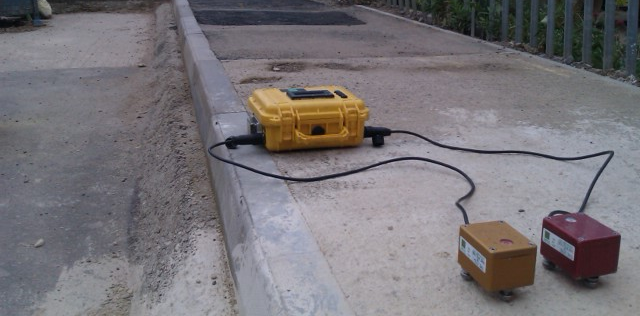Vibration in Buildings
Aran Acoustics can carry out a noise and vibration survey for a variety of developments including planning application reports.
Structural vibration in buildings can be detected by the occupants and can affect them in many ways; their quality of life can be reduced, as can their working efficiency. In homes, adverse comment about building vibrations is likely when the vibration levels to which occupants are exposed are only slightly above thresholds of perception. In workplaces, adverse comment often arises at rather higher levels. The way in which people perceive building vibration depends on various factors, including the vibration frequency and direction. Vibration magnitudes that would normally result in adverse comment can sometimes be tolerated, particularly for temporary disturbances or infrequent brief events such as a construction project.
Building vibration might be caused by ground-transmitted vibration or by acoustic excitation from an external noise field. Vibration can also be caused by sources within the building. Typical vibration sources are as follows:
- Road and Rail traffic
- Rooftop Plant
- Industrial Sources
- Foundation Piling
- Mining and Blasting
To assess the level of vibration a person may be exposed to a vibration survey will be required of the potential source. Vibration surveys can be carried out as part of a planning application for residential and commercial projects. Vibration surveys are carried out using an accelerometer the measures the source in the 3-dimensional axis. The Vibration Dose Value (VDV) is then derived from these measurements and assessed to determine the probability of adverse comment from the people who experience it.

